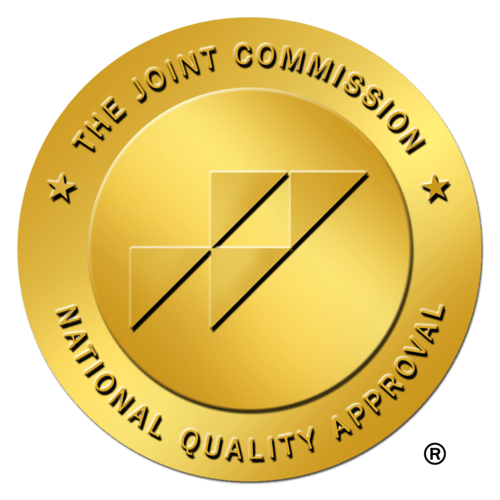
Becoming a Certified Medication Aide (CMA) is a fulfilling career path for individuals passionate about healthcare and patient well-being. CMAs, also known as medication technicians or med techs, play a vital role in administering medications safely and efficiently in various healthcare settings. If you're interested in pursuing a career as a CMA, here are the essential steps to guide you through the certification process.
What does a Certified Medication Aide do?
A Certified Medication Aide (CMA) is a healthcare professional responsible for administering medications to patients under the supervision of a registered nurse (RN) or licensed practical nurse (LPN). CMAs play a crucial role in healthcare settings by ensuring that patients receive their prescribed medications accurately and on time.
In addition to medication administration, CMAs may also be tasked with:
- Documenting medication administration
- Monitoring patients for any adverse reactions or side effects
- Communicating with healthcare providers regarding any changes in patients' conditions.
With their specialized training and attention to detail, CMAs contribute to the overall safety and well-being of patients, helping to maintain optimal health outcomes.
How to become a Certified Medication Aide
Step 1: Meet any prerequisites:
Before pursuing CMA certification, ensure you meet the prerequisites set by your state's regulatory board or certifying agency. Prerequisites may include a high school diploma or GED equivalent, certification as a nursing assistant, and passing a criminal background check.
Step 2: Enroll in a state-approved training program:
Enroll in a state-approved medication aide training program offered by vocational schools, community colleges, or healthcare facilities. These programs typically cover topics such as medication administration techniques, dosage calculations, medication safety, and patient communication. One example of a training program is the Medication Assistant-Certified (MA-C) program administered by the National Council of State Boards of Nursing.
Note that different states call CMAs by different names. You may need to search for programs in your state by terms like, “medication assistant,” “medication technician,” or “medication administrator.”
Step 3: Complete training and clinical hours:
Successfully complete the required coursework and clinical hours as part of your medication aide training program. Clinical experience is crucial for gaining hands-on skills in medication administration under the supervision of experienced healthcare professionals.
Step 4: Pass the competency exam:
Upon completion of your training program, you'll need to pass a competency exam administered by your state's regulatory board or certifying agency. The exam assesses your knowledge and skills in medication administration, dosage calculations, and patient safety protocols. You may be administered the MACE exam or similar certification exams.
Step 5: Apply for certification:
Once you've passed the competency exam, apply for CMA certification to the appropriate regulatory board or certifying agency in your state. Include any required documentation, such as proof of completion of training and clinical hours, along with the application fee.
Step 6: Maintain certification:
After obtaining CMA certification, it's essential to maintain your certification by fulfilling any continuing education requirements and renewing your certification as per the regulations set by your state. Continuing education ensures that CMAs stay updated on best practices and advances in medication administration.
Is Certified Medication Aide the right healthcare role for you?
Becoming a Certified Medication Aide (CMA) requires dedication, training, and a commitment to patient safety. By following these steps and meeting the requirements set by your state, you can embark on a rewarding career as a CMA, making a positive impact on the lives of patients in healthcare settings.
Want to learn about other in-demand healthcare professions? Explore more professions with shifts offered through the CareRev App.





